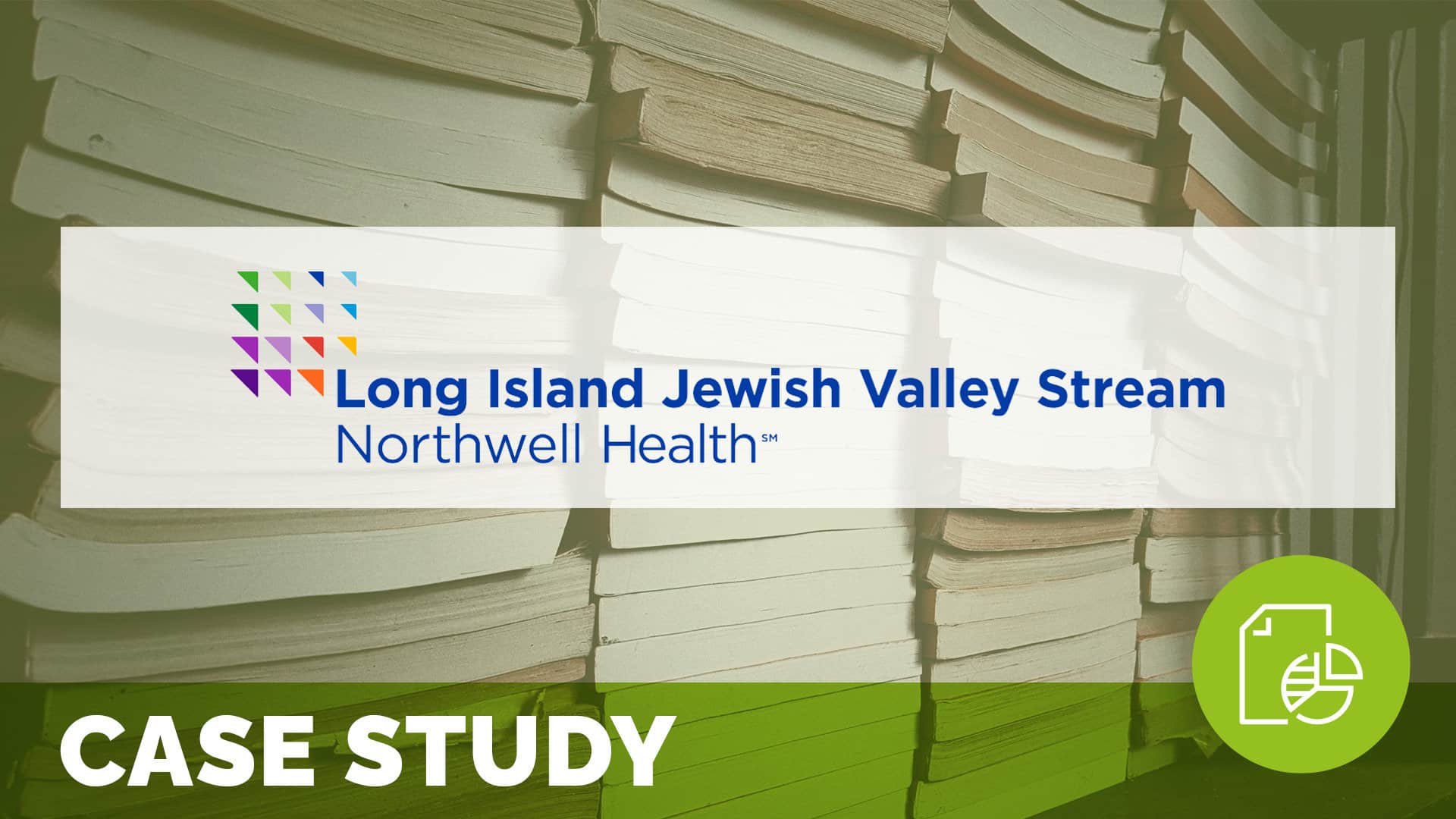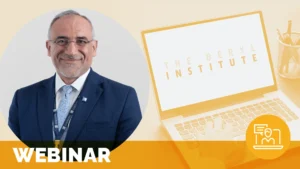Improving Patient Experience by Focusing on “Always” and “Never” Behavior and Language
Published March 26, 2019


In 2015, Northwell began a cultural transformation by instituting the Culture of C.A.R.E. framework. Our promise to patients and customers, the Culture of C.A.R.E. is grounded in core tenants of Connectedness, Awareness, Respect and Empathy. Despite widespread Culture of C.A.R.E. education, the dedicated healthcare professionals at LIJVS delivered exceptional quality but struggled with achieving patient experience excellence, consistently ranking within the bottom quartile. By performing an observational assessment, we clearly identified high-impact opportunities for professionalism and patient-centered communication.
Related content
-
Culture & Leadership | Staff & Provider Engagement
From Learning to Leading: Elevate Your Impact with Patient Experience University
Published October 2, 2025

COMPLIMENTARY – 12pm ET / 11am CT / 10am MT / 9am PT – Discover how Patient Experience University (PXU) can be a catalyst for growth at every stage of your journey, from foundational learning to becoming a leader in experience excellence. Presented by the PXU team, this webinar will highlight how PXU’s offerings can
Learn more -
Culture & Leadership | Staff & Provider Engagement
Enhancing Patient Experience: A Night Shift ER Doctor’s Passion Project
Published October 7, 2024

Dr. Donald Wickline of Cone Health, drawing from his experience as a night shift emergency room physician, explores the art and science of communication from a staff/provider engagement perspective. He highlights Cone Health’s C.U.R.O. communication model as a crucial framework for navigating sensitive and critical conversations with patients. This model provides physicians, including Dr. Wickline,
Learn more -
Culture & Leadership | Infrastructure & Governance
Crafting a Patient Experience Program While Commissioning a Hospital
Published September 4, 2025

Complimentary – Whether you’re building from the ground up or refreshing your current approach, join this webinar for practical guidance for making patient experience an integral part of your organizational culture. Embedding patient experience into organizational strategy is essential for delivering meaningful, lasting impact, especially when commissioning a new hospital. In this webinar, you’ll hear
Learn more
